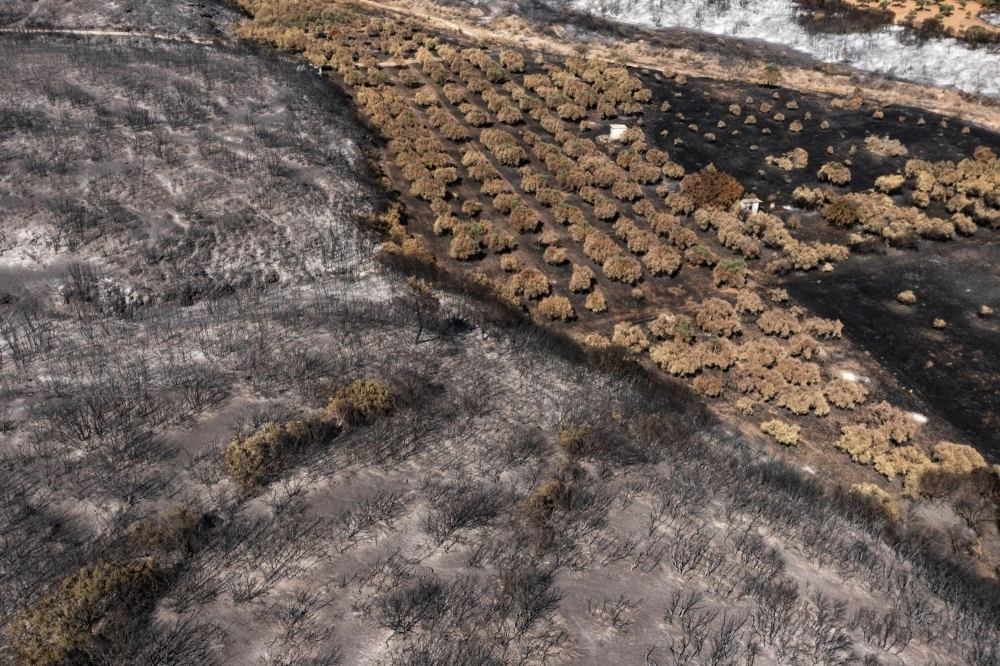Interest in investing in nature-based solutions is increasing globally, but that growth is notably lower among Japanese investors, a new survey by climate change investment and advisory firm Pollination has found.
Nature-based investment aims to back projects that tackle land degradation, rectify biodiversity loss and combat climate change. It has emerged as an area of interest for governments, central banks and corporations over recent years.
For many companies, sustainability and the maintenance of nature are potentially existential issues. Indeed, a PwC report this year found that 55% of global gross domestic product, equivalent to around $58 trillion, was “moderately or highly dependent on nature.”


















With your current subscription plan you can comment on stories. However, before writing your first comment, please create a display name in the Profile section of your subscriber account page.